Distributive Property with Variable On Each Side Worksheet
The distributive property can sometimes be a challenging concept for students to grasp. However, with the help of worksheets specifically designed to target this topic, understanding and applying the distributive property can become much simpler. In this blog post, we will explore a worksheet focused on solving equations where variables are present on both sides, providing students with the opportunity to practice and reinforce their understanding of this fundamental algebraic concept.
Table of Images 👆
More Other Worksheets
Kindergarten Worksheet My RoomSpanish Verb Worksheets
Cooking Vocabulary Worksheet
DNA Code Worksheet
Meiosis Worksheet Answer Key
Art Handouts and Worksheets
7 Elements of Art Worksheets
All Amendment Worksheet
Symmetry Art Worksheets
Daily Meal Planning Worksheet
What is the distributive property?
The distributive property is a fundamental property in mathematics which states that for any three numbers a, b, and c, the product of a and the sum (or difference) of b and c is equal to the sum (or difference) of the products of a and b and a and c. In other words, a(b + c) = ab + ac, and a(b - c) = ab - ac. This property is widely used in algebra to simplify equations and expressions.
How do you apply the distributive property when there is a variable on one side of the equation?
When applying the distributive property with a variable on one side of the equation, you distribute the coefficient outside the parentheses to both the variable and any terms inside the parentheses on the other side. This involves multiplying the coefficient with the variable and with each term inside the parentheses. Once you have distributed the coefficient, you can simplify the expression by combining like terms to solve for the variable.
How do you apply the distributive property when there are variables on both sides of the equation?
To apply the distributive property when variables are on both sides of the equation, you first need to simplify each side of the equation by distributing any coefficients or constants. Once you have simplified each side, you can then combine like terms and solve for the variable. Remember to keep the equation balanced by performing the same mathematical operations on both sides.
What step should be taken first when applying the distributive property?
The first step to take when applying the distributive property is to multiply the term or number outside the parentheses by each term inside the parentheses. This helps to distribute the multiplication across all terms inside the parentheses, simplifying the expression.
Can the distributive property be used to simplify expressions without solving equations?
Yes, the distributive property can be used to simplify expressions without solving equations. By applying the distributive property, you can combine like terms and factors to streamline the expression and make it easier to work with or evaluate. This property allows you to distribute a factor to all terms inside parentheses, helping you to simplify expressions and make them more manageable without necessarily solving for unknown variables.
Why is it important to use the distributive property when simplifying expressions?
Using the distributive property is important when simplifying expressions because it allows us to efficiently and accurately combine like terms and reduce complexity in algebraic calculations. By distributing a factor to each term within parentheses, we can streamline the process of simplification and make the expression easier to work with, ultimately leading to a clearer understanding of the mathematical relationships involved.
Can the distributive property be applied to fractions or decimals?
Yes, the distributive property can be applied to fractions and decimals. When multiplying a number by a fraction or decimal, the distributive property states that you can multiply each part of the fraction or decimal separately before adding or subtracting the results. This can help simplify calculations and make computations easier to manage.
Is the distributive property only applicable in algebra, or can it also be used in other areas of mathematics?
The distributive property is not limited to algebra, but it can also be used in other areas of mathematics such as arithmetic, number theory, and even in probability and statistics. This property states that for any numbers a, b, and c, a * (b + c) = a * b + a * c, and it allows for the simplification and manipulation of expressions in various mathematical contexts beyond just algebraic equations.
How does the distributive property relate to factoring?
The distributive property is a fundamental property in algebra that states a(b + c) = ab + ac. When factoring, we essentially reverse this process by taking out a common factor from a set of terms. By applying the distributive property in reverse, we can factor out common factors to simplify expressions and solve equations more efficiently. Factoring is about breaking down an expression into simpler forms, while the distributive property is about expanding expressions by distributing a factor. Together, they provide a method for manipulating and simplifying algebraic expressions.
Can the distributive property be used in reverse, called synthesis, to expand an expression?
Yes, the distributive property can be used in reverse, which is commonly referred to as factoring or synthesis, to expand an expression. It involves breaking down a multiplied expression into smaller parts by finding common factors that can be factored out. This process can help simplify and expand complicated expressions by identifying and grouping terms based on common factors.
Have something to share?
Who is Worksheeto?
At Worksheeto, we are committed to delivering an extensive and varied portfolio of superior quality worksheets, designed to address the educational demands of students, educators, and parents.

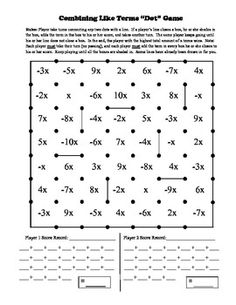



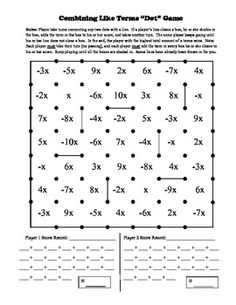
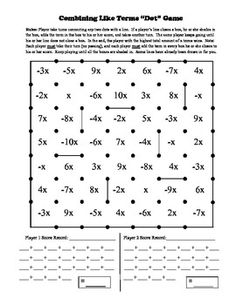
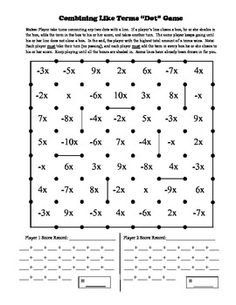
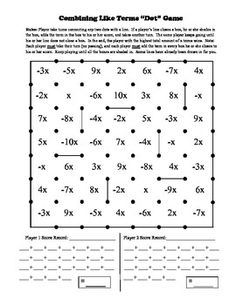
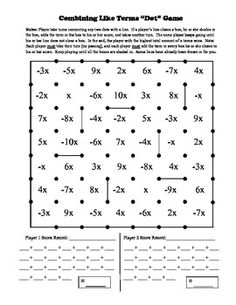
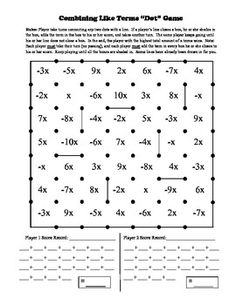
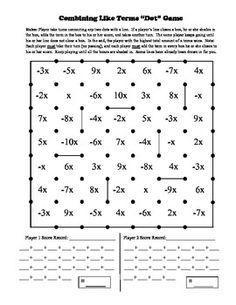
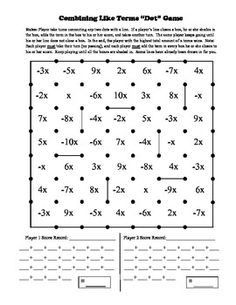
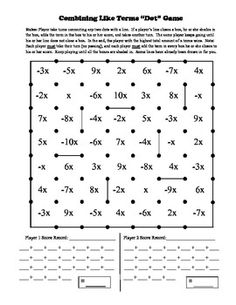
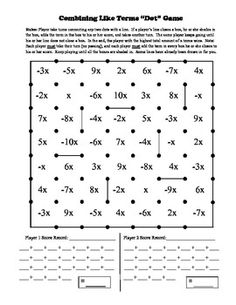
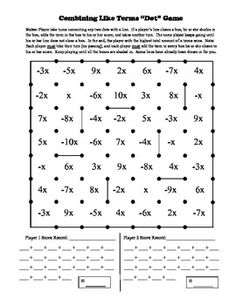
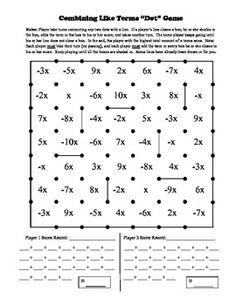
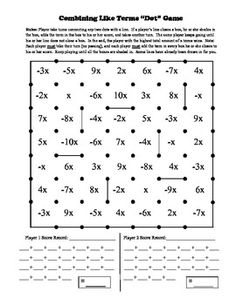
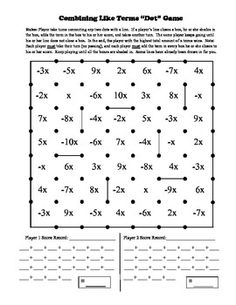
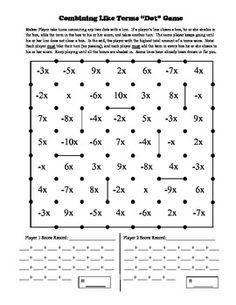
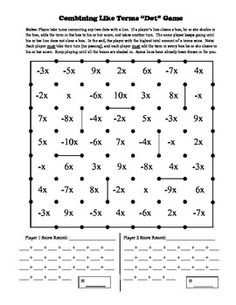
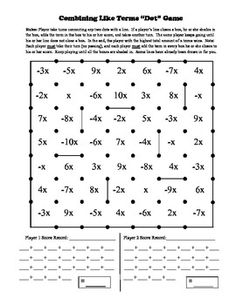
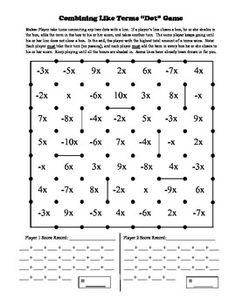
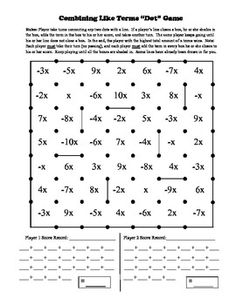














Comments